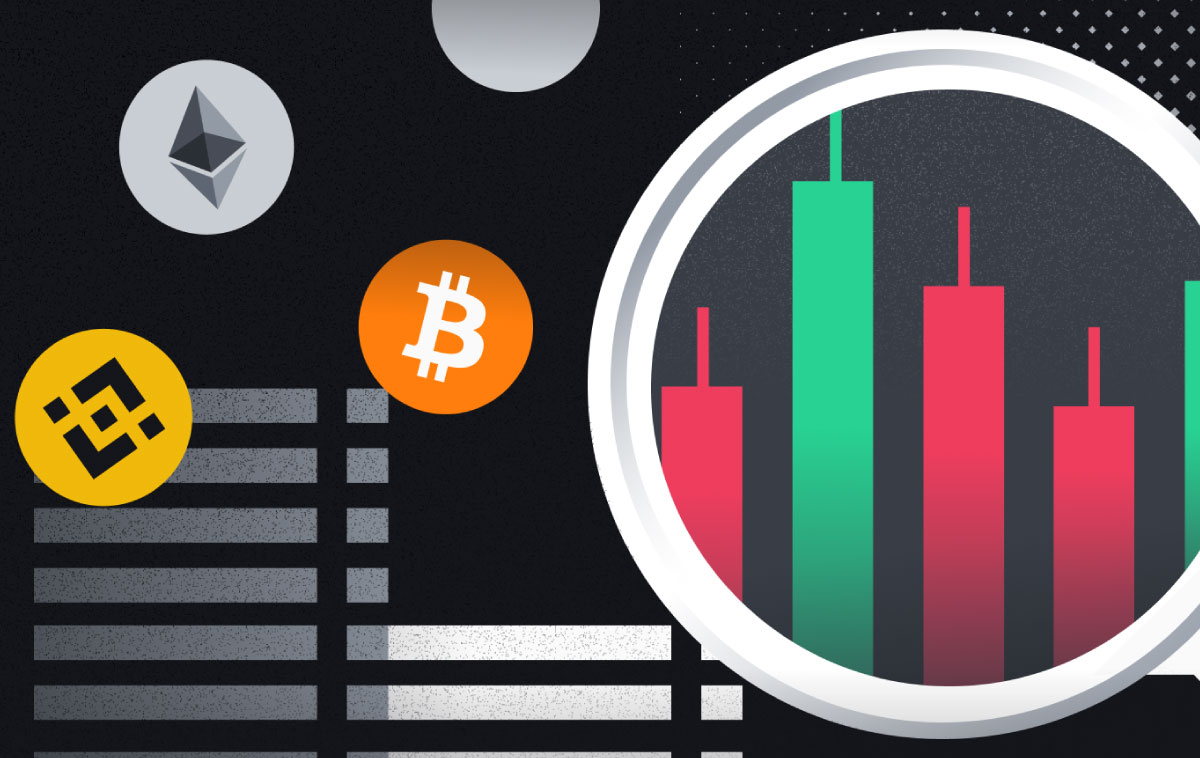As the world of cryptocurrency continues to grow and evolve, it’s important to understand the different types of markets that exist within it. Two of the most commonly discussed markets are the primary and secondary crypto markets. We will explore what these markets are, how long they last, the benefits and risks of both, and their similarities.
What are Primary & Secondary Crypto Markets?
In simple terms, the primary crypto market is where new coins or tokens are initially offered for sale. This is often done through an Initial Coin Offering (ICO) or an Initial Exchange Offering (IEO). During these events, investors can purchase tokens or coins directly from the company that issued them. The goal of the primary market is to raise funds for the development and growth of the blockchain currency.
On the other hand, the secondary crypto market is where previously issued tokens or coins are traded. This includes exchanges where users can buy and sell decentralized currencies among themselves. The secondary market is where most of the trading and price discovery takes place, as the value of a coin or token is determined by supply and demand.
How long do Primary & Secondary Crypto Markets Last?
The duration of both primary and secondary crypto markets can vary greatly depending on several factors. The primary market is typically open for a short period, often lasting only a few weeks. During this time, traders can purchase tokens or coins at a discounted price. Once the primary market has closed, tokens or coins are often listed on exchanges for trading on the secondary market.
The secondary market, on the other hand, is ongoing and does not have a set duration. The market can be volatile, with prices fluctuating rapidly due to changes in supply and demand
Benefits and Risks of Primary & Secondary Crypto Markets
Both primary and secondary crypto markets come with their own set of benefits and risks. Let’s take a closer look at each:
Benefits of Primary Crypto Markets:
- Early access to new coins or tokens
- The potential for significant returns on investment
- Ability to support the development of new digital currency projects
Risks of Primary Crypto Markets:
- High risk due to the untested nature of new projects
- The potential for scams or fraudulent projects
- Lack of liquidity
Benefits of Secondary Crypto Markets:
- The ability to buy and sell cryptocurrencies quickly and easily
- Greater liquidity compared to primary markets
- The potential for profit through price fluctuations
Risks of Secondary Crypto Markets:
- The potential for extreme volatility
- High risk of hacking or other security breaches
- Lack of regulation and oversight
Similarities between Primary & Secondary Crypto Markets
Despite their differences, there are also several similarities between primary and secondary crypto markets. These include:
- Both markets involve the buying and selling of virtual currencies
- Prices are determined by supply and demand
- Both markets can be high-risk, high-reward.
While both markets come with their own set of risks and benefits, it’s important to thoroughly research any project or token before investing.
